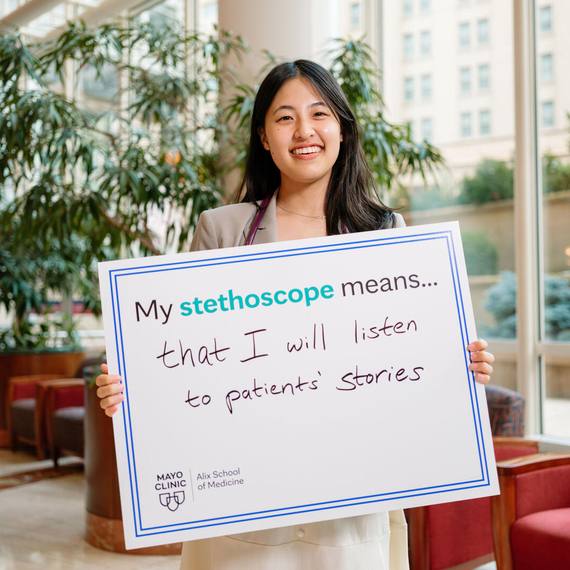-
Treating (or Preventing) Pain after Shingles
ROCHESTER, Minn. — Many older adults who develop shinglesface a second whammy: severe pain caused by postherpetic neuralgia.
The October issue of Mayo Clinic Health Letter explains this painful and common complication of shingles. Some studies have shown that half of the people 60 years and older who develop shingles experience this complication.
Shingles (herpes zoster) occurs when the chickenpox virus, present and dormant in those who had chickenpox, becomes reactivated. Age, illness, stress or medications that suppress the immune system can contribute to reactivation. The virus travels along nerve fibers that extend to the skin and typically shows up as a trail of rash and blisters. They most often present as a band around the trunk, usually just on one side. Postherpetic neuralgia occurs if nerve fibers are damaged during the shingles outbreak. The result is excruciating pain that may persist for months or even years after the disappearance of the shingles rash and blisters.
Signs and symptoms of postherpetic neuralgia generally occur in the same area as the shingles outbreak. The pain may be sharp, burning, or deep and aching. Sensitivity to light touch, even the touch of clothing, can be extreme.
There is no single treatment to manage postherpetic neuralgia. Usually, a combination of strategies will be used. They may include:
- Skin patches for topical pain relief
- Anti-seizure medications that stabilize abnormal activity in the nervous system
- Antidepressants that influence how the body interprets pain
- Opioids and other pain medications
The best treatment for postherpetic neuralgia is prevention of shingles. The vaccine Zostavax reduces the risk of shingles in older adults by about half and the risk of postherpetic neuralgia by almost 70 percent. The Centers for Disease Control and Prevention recommends that adults age 60 and older get the vaccine regardless of whether they have had shingles.
Early antiviral drug treatment of shingles, within the first 72 hours of the rash's appearance, reduces the risk of postherpetic neuralgia by 50 percent. Shingles typically starts with pain, itching and tingling in an area where the rash will develop in a matter of days.
Mayo Clinic Health Letter is an eight-page monthly newsletter of reliable, accurate and practical information on today's health and medical news. To subscribe, please call 800-333-9037 (toll-free), extension 9771, or visit Mayo Clinic Health Letter Online.
###
About Mayo Clinic
Mayo Clinic is a nonprofit worldwide leader in medical care, research and education for people from all walks of life. For more information, visit MayoClinic.com or MayoClinic.org/news.
Journalists can become a member of the Mayo Clinic News Network for the latest health, science and research news and access to video, audio, text and graphic elements that can be downloaded or embedded.







